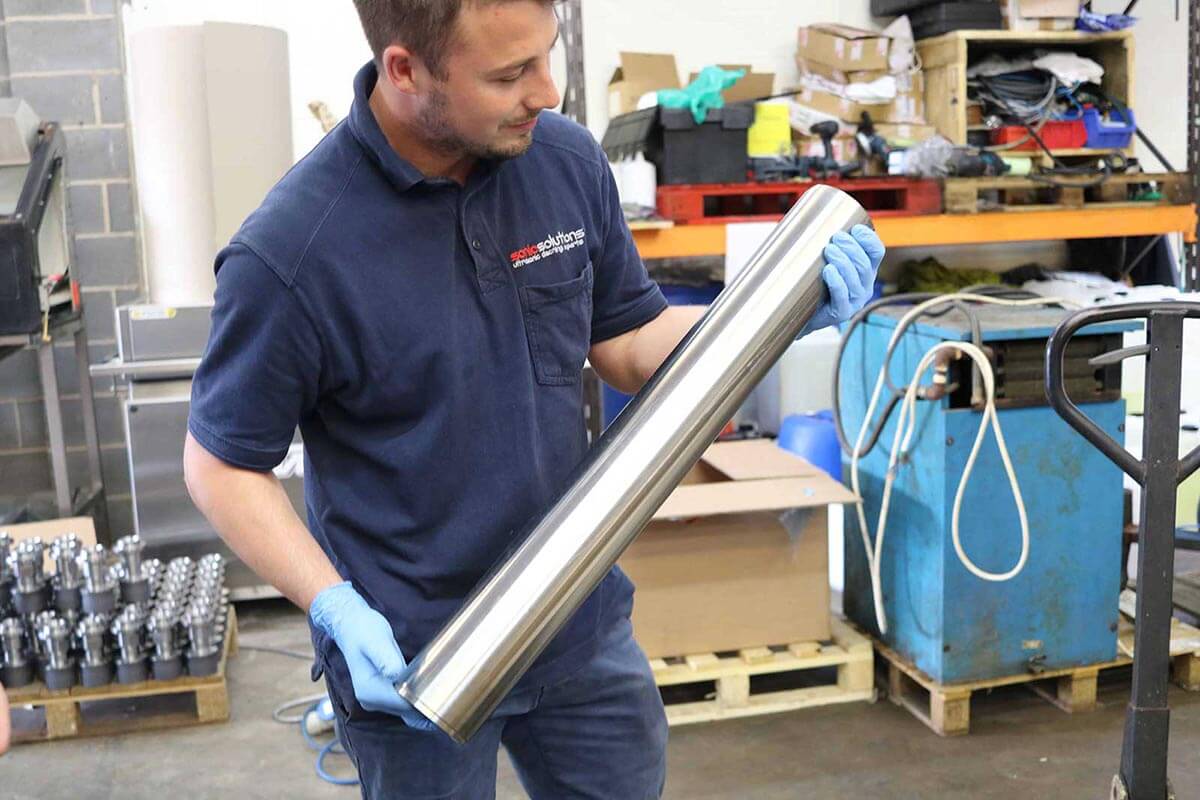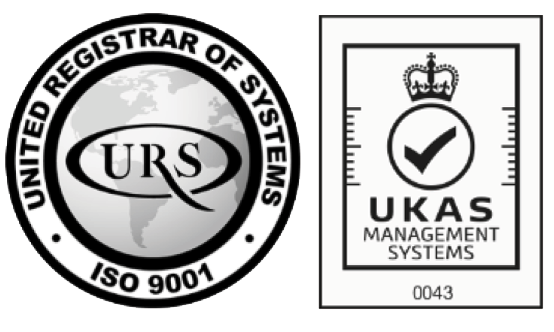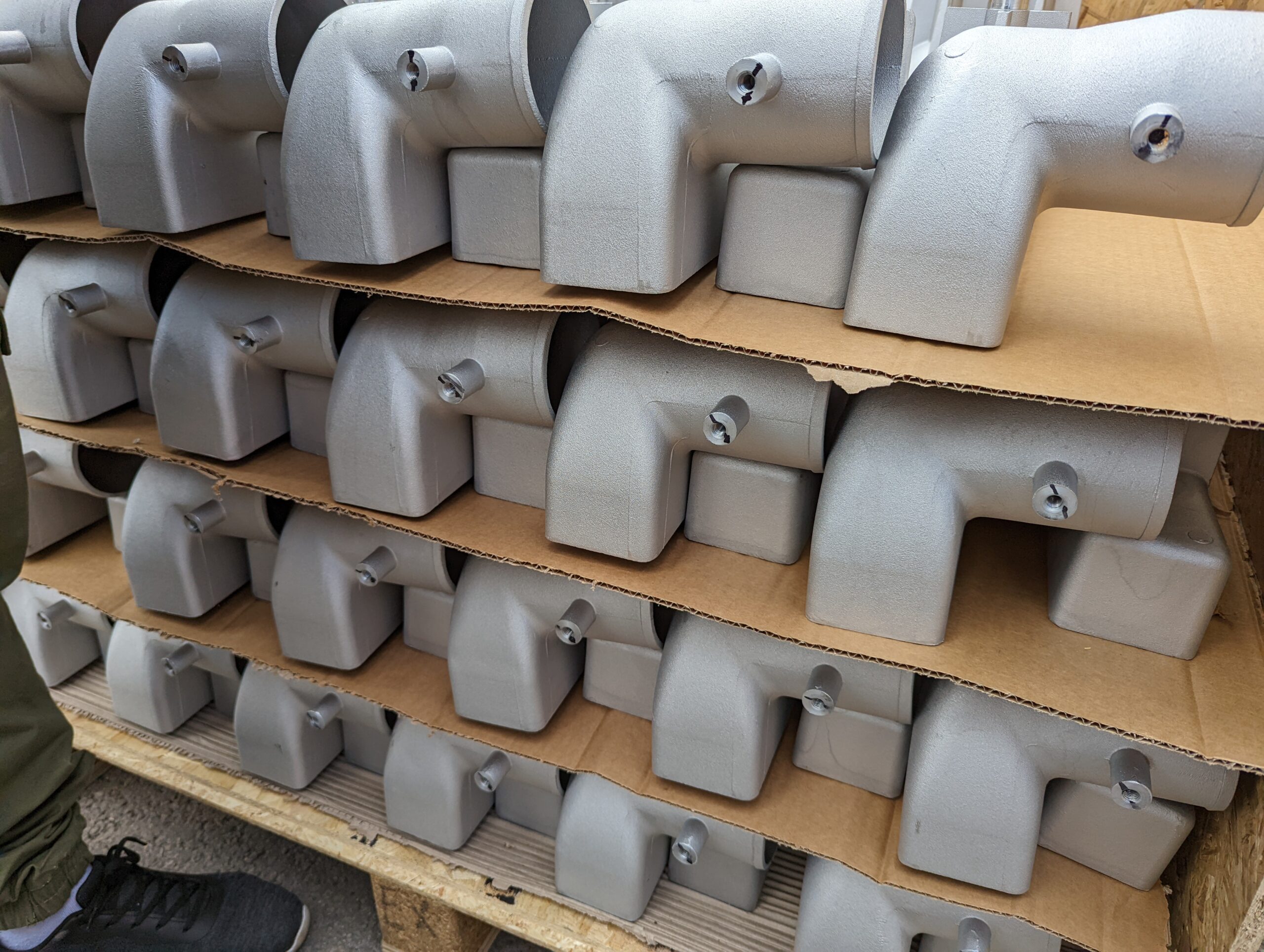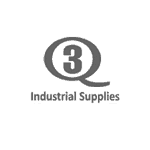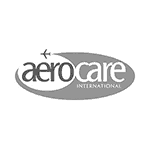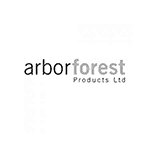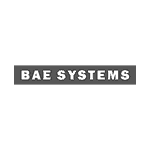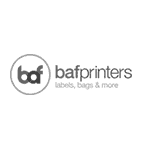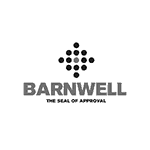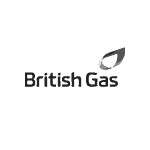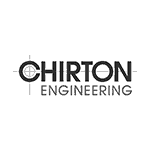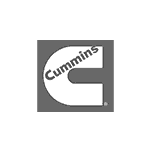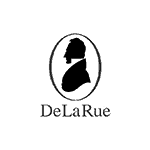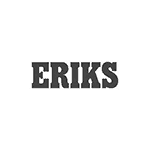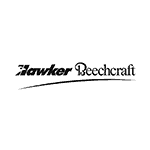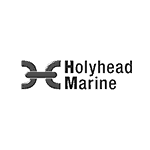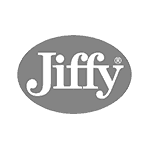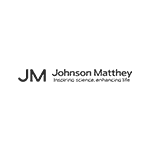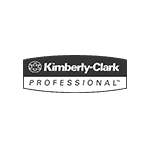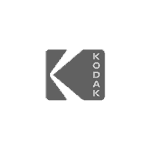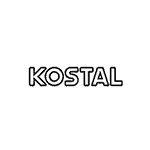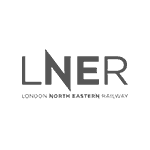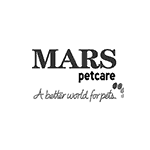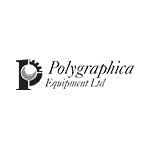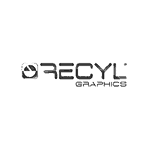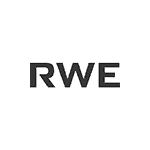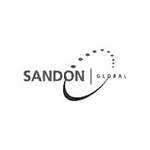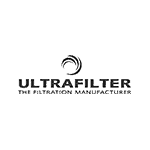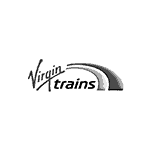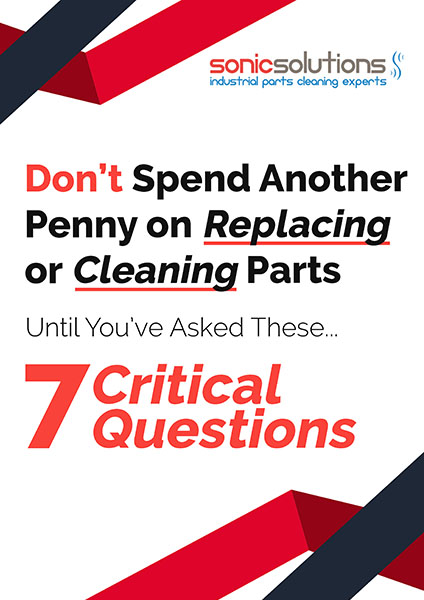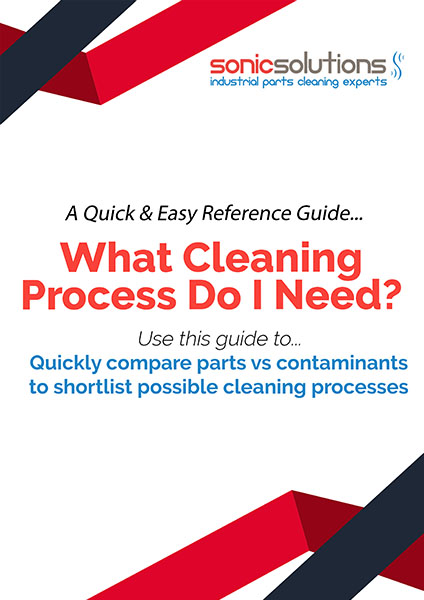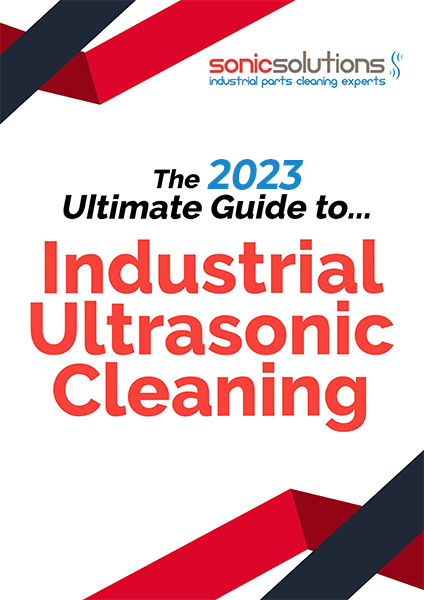When Do I Change The Ultrasonic Cleaning Solution?
For friendly & knowledgable help contact us on:
01924 495 975 hello@sonicsolutionsltd.com Open Contact Form
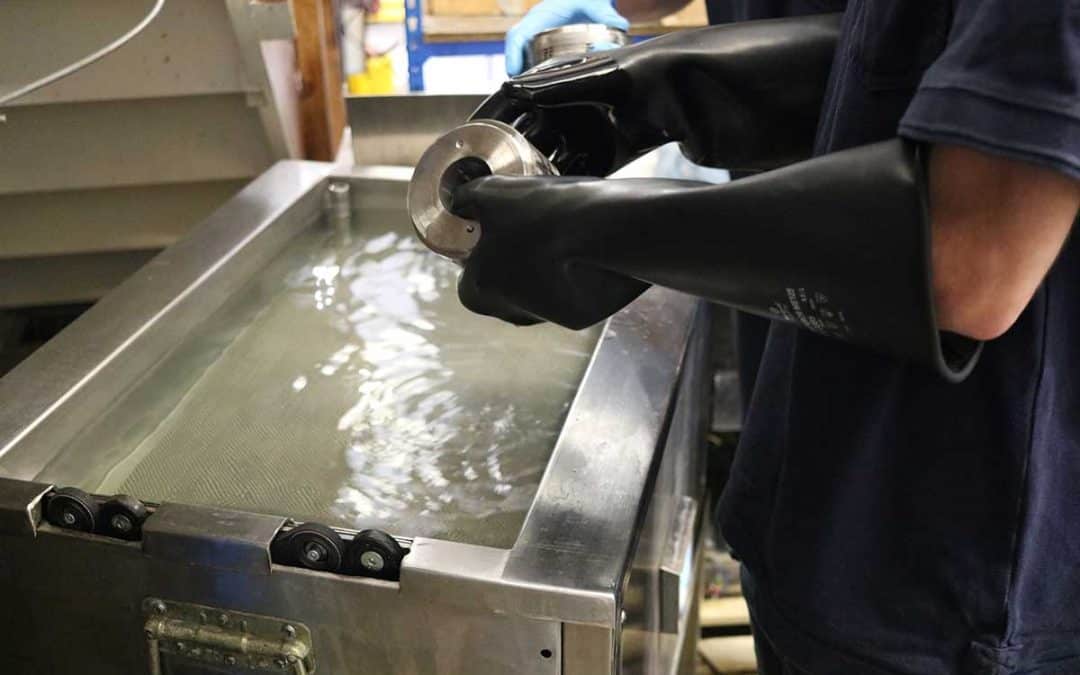
A question we frequently get asked is how do you know when to change your cleaning solution ? A common question but very difficult to answer in reality. The obvious answer is when it stops cleaning effectively either because the chemical that’s doing the cleaning is spent or the solution is saturated with contaminant and can literally take no more out. However to actually identify an objective measure rather than just rely upon a subjective assessment of the operator, is extremely difficult. The clarity of the solution and lack of active apparent cleaning activity in the solution can be taken as a proxy for this. However there are other more objective measures we can use each of which has its advantages and disadvantages, including
- pH, the acidity or alkalinity of the solution
A lot of solutions used in cleaning are alkaline or fairly neutral, having a solvent doing the active cleaning, and in these cases very rarely will there be a significant change in the pH level through the life of the cleaning solution. With acidic cleaning solutions used for descaling and removing rust or oxides off surfaces, the acidity does decline over time. However it is rarely the major indicator of when the cleaning solution is spent, because the level of contamination within the cleaning solution will have a far greater impact on how much more of the contaminants can be taken off . - Conductivity – the ability to pass current through the solution – which is affected by the amount of contaminants in the solution
Conductivity measuring the effect of contaminant in the solution upon the conductivity – the ability of the solution to transmit an electric current. This is also prone to wide degrees of error since some contaminants are extremely conductive whilst others are not so they will have varying impacts upon the conductivity within the solution. Even when you are just taking off 1 apparent contaminant if its composition alters then the conductivity will likewise alter so again you don’t have a completely objective variable with an absolute measure of the state of the solution. - Measurable optical visibility or transparency
Visibility and transparency is a common indicator of when the solution needs changing. It’s probably the one that I use most commonly in house if I’m honest, in tandem with the actual effectiveness of cleaning and the cleaning activity. However it is very subjective with potentially significant variation between what different operators think is dirty. - Speed of ultrasonic waves through a solution
Measuring the speed of high frequency ultrasonic waves going through a solution is a methodology that I have just recently come across in terms of measuring cleanliness of a solution. It is particularly interesting since it is completely independent of pH, conductivity, visibility or transparency of that solution. It simply measures the speed of high frequency waves going through the solution in which the sensor is placed. This speed is affected by the composition and temperature of the solution. For example water at 40 Centigrade has a velocity of around 1482 metres per second at 10 degrees centigrade speed reduces to 1452 approximately so the speed is affected by both the composition of the solution and the temperature. As a solution becomes more contaminated the speed of the waves will alter. Indeed each cleaning chemical, and its concentration, will have a distinctive unique speed measurement. This allows a unique measure of the solution status at all points in its cycle. However this sensitivity can be a disadvantage when natural variations in raw materials impact the speed giving potentially false readings.
Summary
What must be understood is that whichever method is chosen will be unique to that specific cleaning process, and will be arrived at by a process of reverse engineering from the desired result backwards to the process parameters. The cleanliness specification and the cleaning solution status will be measured or assessed independently. When the cleaning outcome ceases to be acceptable or effective then the solution status measurement chosen must be recorded. That will then set the benchmark for when the solution is no longer providing the desired outcome in cleaning terms.
However for any such measure to be successful it must meet a number of criteria;
- It must be objective, that is not subject to an individual’s subjectivity;
- It must be repeatable and consistent throughout every cleaning process performed;
- It must be congruent with the desired outcome in all respects.
Any measure selected will be unique to that process and its objectives. It will also reflect a variety of factors, not necessarily just the level of cleanliness desired but also the time taken to clean, manual intervention required, and disposal considerations.
For example the speed of cleaning may be crucial, so any lengthening of the cleaning cycle to extend the life of the solution may not be acceptable. Also for ease of solution disposal it may be desirable to have a solution cleaner than is technically required for the cleanliness specification alone.
I hope this helps identify the key considerations to take into account when deciding when to change your cleaning solution, ways of measuring the status of your solutions, and also a methodology to establish the appropriate point at which to change it. However if you need any further help or advice then just get in touch with us, and we’ll be happy to help.

